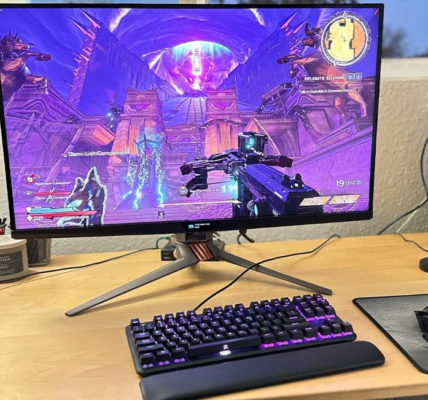Introduction: The Power Behind Online Games
online game technology has become a global phenomenon, enabling players to connect and compete in immersive virtual worlds. But behind the seamless experience lies a complex web of technology that powers everything from real-time gameplay to player interactions. The backbone of online gaming is game servers, which store game data, synchronize player actions, and host dynamic worlds that multiple players can access simultaneously.
To ensure smooth gameplay, network optimization is crucial. Latency, or the delay between player actions and server responses, can make or break an online game. Reducing latency is key to delivering a responsive and enjoyable experience, especially in fast-paced games like shooters or battle royales. Additionally, matchmaking systems play an essential role, pairing players based on skill, location, and preferences to create balanced and fair matches.
Another revolutionary advancement is cloud gaming, which allows players to stream high-quality games directly from remote servers, eliminating the need for expensive hardware. This technology is opening up gaming to a broader audience, enabling anyone with a stable internet connection to enjoy top-tier gaming experiences.

Game Servers: The Heart of Online Play
At the core of online gaming are game servers, which host the game world and manage player interactions. These servers store game data, player profiles, and game progress, ensuring that all players have the same version of the game.
Matchmaking: Connecting Players
Matchmaking technology ensures that players are matched with others of similar skill levels and preferences. Using algorithms, matchmaking systems consider factors like player ranking, region, and latency to create balanced matches. This helps maintain a fair and enjoyable experience for all players.
Matchmaking can vary depending on the game, from simple player-vs-player lobbies to more complex team-based setups in battle royale or esports games. A good matchmaking system is key to retaining players and encouraging competitive gameplay.
Latency and Network Optimization
In online gaming, latency (or lag) is a crucial factor affecting the quality of gameplay. Latency refers to the delay between a player’s action and the server’s response.
Real-Time Data Processing: Keeping the Game Live
One of the most impressive aspects of gaming technology is its ability to process massive amounts of data in real-time. Whether tracking player actions, updating game status, or handling interactions between hundreds of players, servers need to process this data quickly and accurately.
Real-time data processing ensures that all players see the same game world, experience synchronized events, and can interact with each other seamlessly. Technologies like cloud computing and edge computing have made it easier to process this data at scale, supporting more players and larger, more complex game worlds.
Cloud Gaming: The Future of Online Play
Cloud gaming has revolutionized online gaming by allowing players to stream games directly from remote servers, rather than relying on high-powered hardware. This means that players can enjoy high-quality games on devices with limited processing power, such as smartphones, tablets, or low-end PCs.
Cloud gaming platforms, like Google Stadia and Xbox Cloud Gaming, rely on powerful data centers to run games in real-time, with video and input data being transmitted between the player and the server. This eliminates the need for expensive gaming consoles or PCs, making gaming more accessible to a wider audience.
Anti-Cheat Systems: Maintaining Fair Play
To ensure a fair and competitive environment, online games use anti-cheat technology to detect and prevent cheating. These systems monitor player behavior, looking for suspicious actions such as speed hacks, aimbots, or unauthorized third-party programs. Anti-cheat software runs in the background to protect the integrity of the game, offering players a fair gaming experience.




